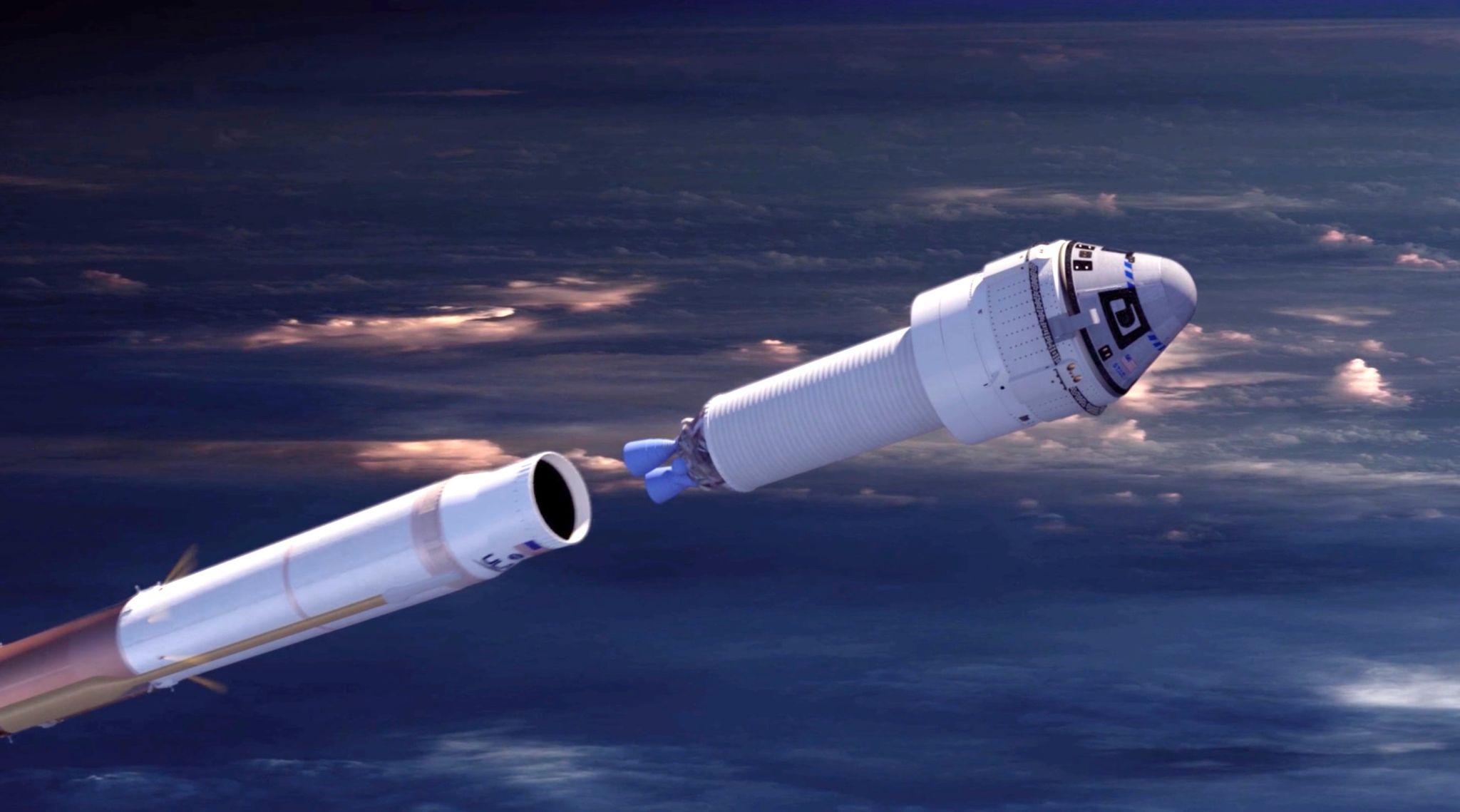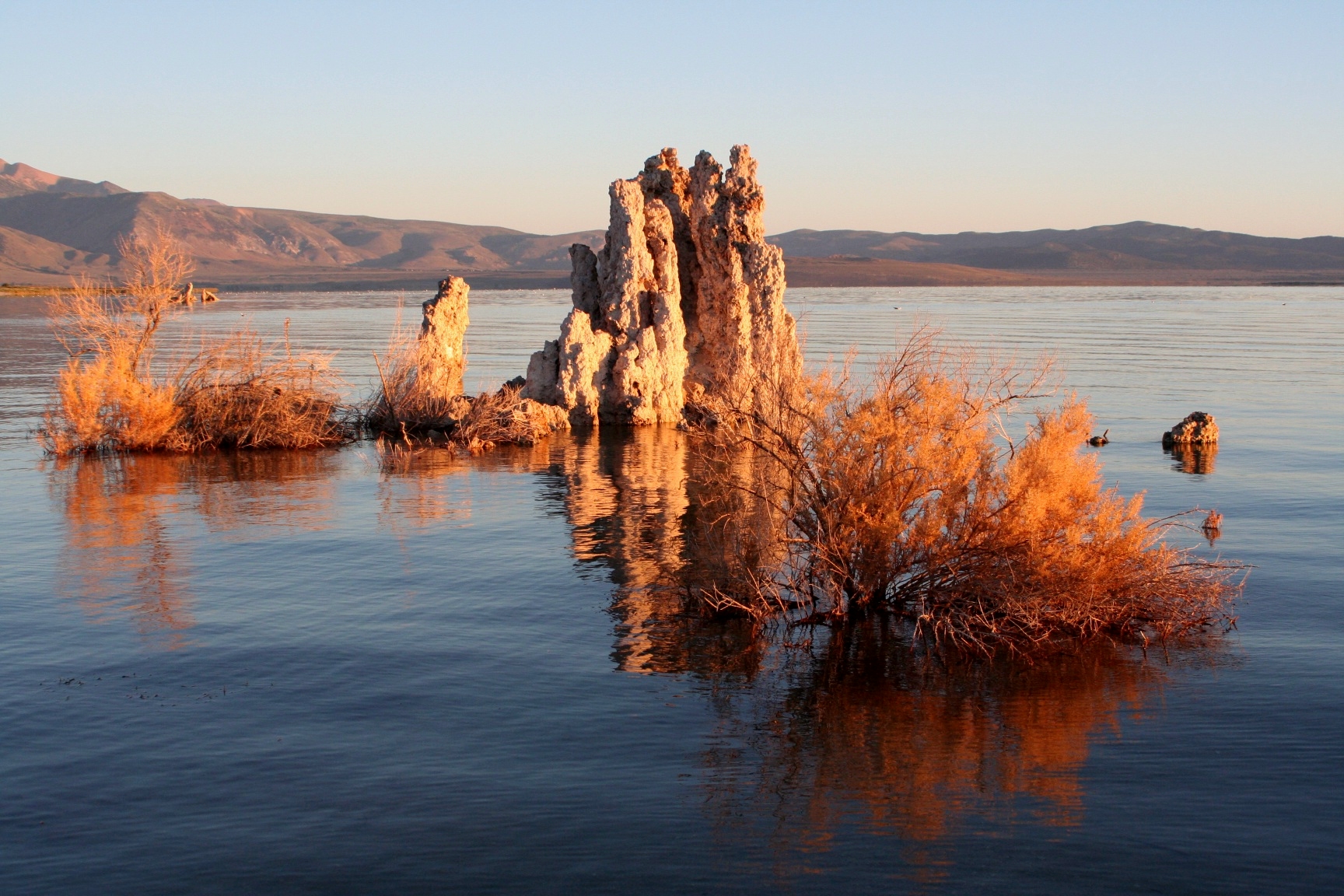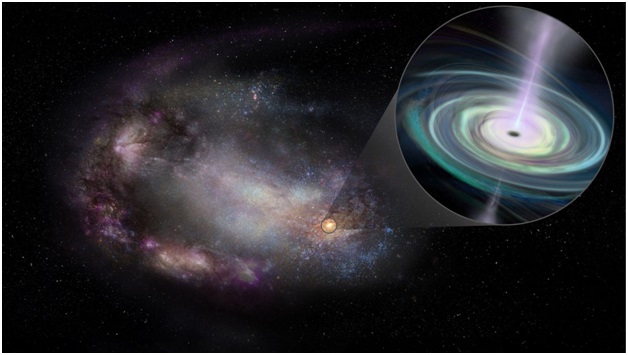Boeing Starliner

- 06 May 2024
Why is it in the News?
Boeing’s Starliner spacecraft, carrying two NASA astronauts, will be launched by an Atlas V rocket from the Kennedy Space Center in Cape Canaveral, Florida, to the International Space Station (ISS).
What is Boeing’s Starliner?
- Starliner, a reusable spacecraft, has a pusher abort system.
- This allows the crew to safely escape throughout the launch and the ascent phases of the mission.
- In addition to being software-driven, the Starliner has wireless internet that will help with “crew communication, entertainment and docking with the International Space Station”
- The spacecraft can fly and course-correct on its own.
- It operates like advanced self-driving cars, with features similar to sophisticated cruise control and hands-free driving, allowing astronauts to simply enjoy the ride without intervention.
- It also allows astronauts to choose their level of control.
- Consisting of a crew capsule and a service module, the Starliner aims to revolutionize space travel with its advanced features and capabilities.
Crew Capsule:
- The crew capsule is the heart of the spacecraft, providing housing for astronauts during their journey.
- Designed to withstand the rigours of reentry, the capsule ensures a safe return to Earth for its occupants.
Service Module:
- The service module is equipped with essential systems for astronaut survival, such as air and temperature control, water supply, and sanitation facilities.
- Additionally, it contains the necessary engines and fuel required for manoeuvring the spacecraft in space.
- This module is not reusable and is designed for single use.
Starliner Specifications:
- With a width of over 4 meters, the Starliner can accommodate up to seven astronauts at once.
- The spacecraft boasts a unique weldless structure, making it both durable and reusable, with a potential for up to 10 missions and a six-month turnaround time between launches.
- Furthermore, the Starliner incorporates modern technologies like wireless internet and tablet interfaces for enhanced crew interaction.
Launch Vehicle:
- The Starliner is compatible with the Atlas V rocket, operated by United Launch Alliance (ULA), a joint venture between Boeing and Lockheed Martin.
- This collaboration ensures the seamless integration of the spacecraft and launch vehicle, optimizing mission success.
Why is the mission significant?
- In 2014, NASA selected Boeing and SpaceX to develop spacecraft for transporting astronauts to the International Space Station (ISS).
- While SpaceX has already conducted multiple successful missions with its Dragon crew capsule, the Starliner's success would mark the first time the United States has two domestically produced spacecraft capable of carrying astronauts to space.
- Once operational, Boeing and SpaceX will alternate missions to the ISS, with each crew's expedition lasting up to six months.
- This partnership will continue until the ISS is decommissioned in the next decade.
A shallow lake in Canada could reveal how life on Earth began (Space.com)

- 25 Jan 2024
Why is it in the News?
Scientists have discovered a lake that could be a good match for Darwin's "warm little ponds" where life got started on the primordial Earth.
What is a Soda Lake?
- A soda lake is a lake with a pH value of more than the usual measure of 6 or 7, usually between 9 and 11.
- High carbonate concentration, especially sodium carbonate, is responsible for the alkalinity of the water.
- A soda lake may also contain a high concentration of sodium chloride and other salts making it saline or hypersaline Lake.
- Soda lakes are highly productive ecosystems compared to freshwater lakes with a global primary production rate of over 10 grams of carbon per square meter per day.
- Therefore Soda lakes are the most productive aquatic environment on Earth because of the availability of dissolved carbon dioxide.
- Soda lakes occur naturally in both arid and semi-arid areas.
Geology And Genesis Of Soda Lakes:
- A topography that limits the outflow of water from the lake is needed.
- An endorheic basin is formed when the water is confined without the outflow.
- The pH of the water in the depression rises through the evaporation of the lake which requires a suitable climate like the desert climate to balance between the inflow and evaporation.
- The rate at which carbonate salt dissolves in the lake water depends on the ecology of the surrounding area.
- The relative absence of magnesium and calcium is critical in the formation of the soda lake since magnesium or calcium is likely to dissolve quickly and displace the carbonate ion thus neutralizing the PH of the lake water.
Biodiversity Of Soda Lakes:
- Soda lakes are inhabited by a rich diversity of microbial life making them a productive ecosystem.
- They are permanent and seasonal habitats for algae which are visible in many of the lakes.
- Soda lakes are dominated by prokaryotes like bacteria and archaea, especially in lakes with higher levels of alkalinity.
- Multicellular organisms such as brine shrimp and fish are found in plenty if not most of the soda lakes.
- Soda lakes also harbour unique species which are adapted to the alkali conditions.
- These organisms which are adapted to the high alkalinity are called haloalkaliphiles.
Examples Of Soda Lakes:
- Africa and Asia have the highest number of soda lakes since the two continents have vast desert conditions which are perfect for the formation of soda lakes.
- Most of the soda lakes in Africa are located in Eastern Africa, especially in Kenya, Tanzania, and Ethiopia.
- Lake Natron in Tanzania is one of the most outstanding soda lakes in Africa because of the high PH of water which is always about 12.
- India and China have the highest number of soda lakes in Asia.
- Some of the soda lakes in India include Tso Kar Salt Lake, Pangong Salt Lake, and Lonar Lake.
Siena Galaxy Atlas (SGA) (Space)

- 19 Oct 2023
Why in the News?
Astronomers have recently crafted a stunning atlas comprising 400,000 galaxies situated in the cosmic vicinity of the Milky Way, aptly named the Siena Galaxy Atlas.
About the Siena Galaxy Atlas:
- It is a digital atlas designed to help learn more about our universe by highlighting a number of well-known galaxies.
- It was produced using information gathered from three astronomical surveys conducted at Kitt Peak National Observatory (KPNO) and Cerro Tololo Inter-American Observatory (CTIO) between 2014 and 2017. These surveys collectively are referred to as the DESI Legacy Surveys.
Distinguishing Features:
- Setting itself apart from previous atlases, the Siena Galaxy Atlas relies on state-of-the-art digital images captured by advanced technology.
- Unlike its predecessors, which utilized outdated equipment and photographic plates, this atlas leverages highly sensitive instruments to produce the most precise and accurate data available.
- Notably, it marks the first cosmic atlas to showcase the light profiles of galaxies—a curve illustrating the variation in brightness from the galaxy's brightest point to its dimmest.
Significance:
- The introduction of the Siena Galaxy Atlas carries immense importance in astronomical exploration for several reasons:
- By relying on digital images captured with advanced instruments, the atlas ensures a level of precision and detail that surpasses previous methods, enhancing the overall quality of data.
- Light Profiles of Galaxies: A pioneering feature, the inclusion of light profiles in the atlas provides a unique perspective, allowing astronomers to glean valuable insights into the structure and characteristics of galaxies.
- Pattern Recognition: Cosmic atlases, such as the Siena Galaxy Atlas, play a pivotal role in aiding astronomers in identifying patterns.
- This capability is particularly valuable in categorizing phenomena like transient events, such as stars that exhibit sudden flares and then disappear.
- The atlas facilitates the identification of celestial objects worthy of more detailed follow-up studies, enabling astronomers to delve deeper into specific areas of interest.
- From unravelling the mysteries surrounding the birth and evolution of galaxies to investigating the distribution of dark matter and the propagation of gravitational waves through space, the Siena Galaxy Atlas serves as a versatile tool for astronomers in their cosmic pursuits.
ANCIENT LANDSCAPE UNEARTHED BENEATH ANTARCTIC ICE SHEET (Space.com)
- 26 Oct 2023
What is the News ?
A new study finds that beneath East Antarctica's undulating ice sheet lies an ancient, river-carved landscape that provides a perfect snapshot of the region before glaciers covered the continent.
Facts About:
- In a groundbreaking discovery, scientists have unveiled an ancient, hidden world beneath the East Antarctic Ice Sheet, offering a correction to the traditional perception of a frozen wasteland.
This revelation reshapes our understanding of Antarctica's history and environmental conditions.
- This newly discovered landscape, believed to have been shaped by rivers over 14 million years ago, predates the initial formation of the East Antarctic ice around 34 million years ago.
- This ancient terrain comprises valleys and ridges that are strikingly reminiscent of the glacially-altered landscape in North Wales, UK, signifying the long-term temperature stability of the ice sheet in the studied region.
- The recent discovery builds upon the team's prior work, which revealed concealed mountain ranges, canyons, and lakes beneath the Antarctic ice.
The researchers suggest that additional undiscovered ancient landscapes may remain hidden under the East Antarctic Ice Sheet.
- This discovery underscores the significance of ongoing exploration and research in this largely uncharted territory, emphasizing that there is much more to uncover beneath the ice.
- This revelation prompts a re-evaluation of the conventional perception of Antarctica, demonstrating that it has a rich geological history dating back millions of years.
